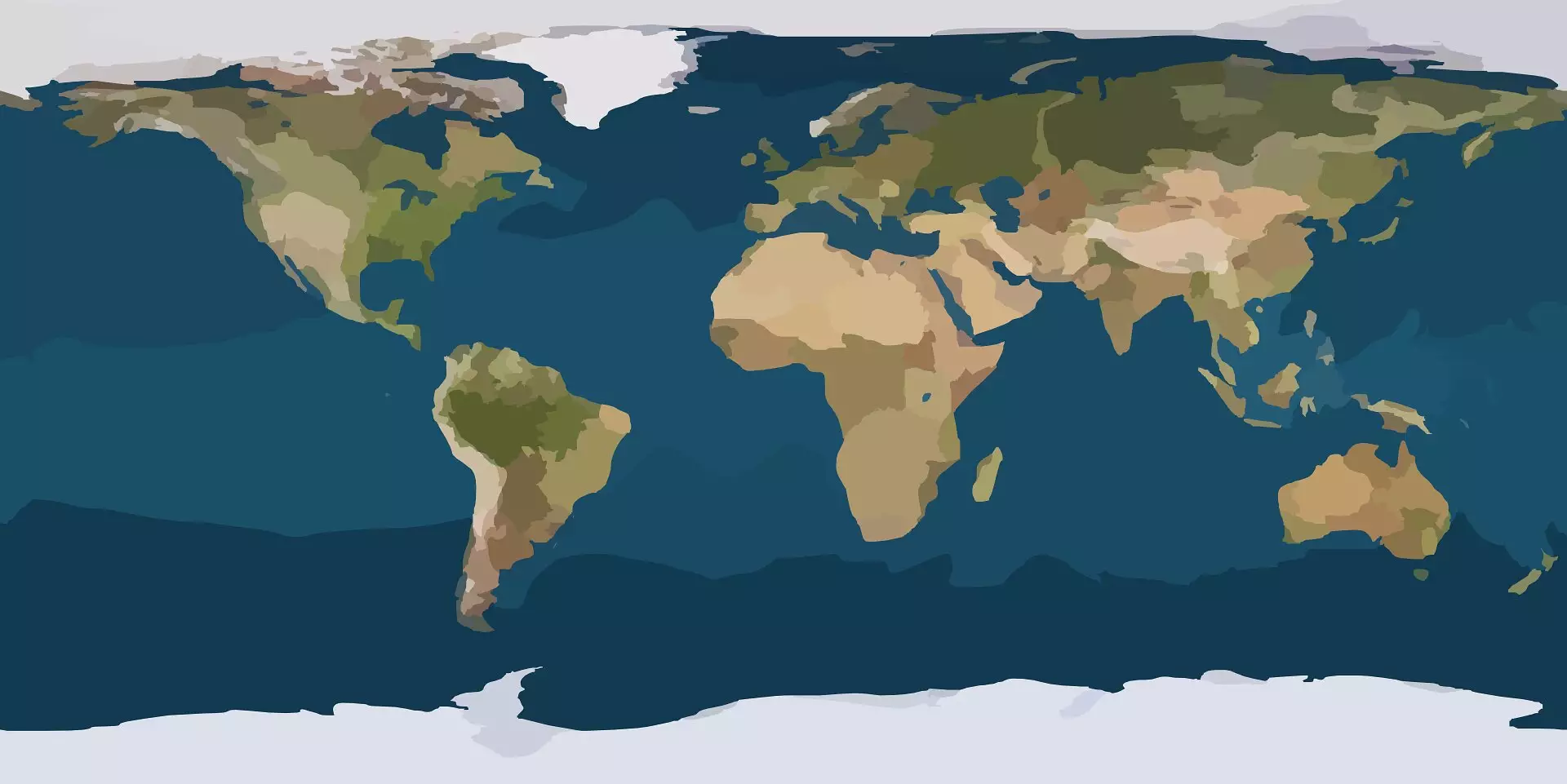Recent scientific research has brought to light a remarkable phenomenon located in the southwestern Pacific Ocean, specifically near New Zealand and Australia. This area has the power to significantly influence temperature variations across the entirety of the Southern Hemisphere. A newly recognized climate pattern, dubbed the “Southern Hemisphere Circumpolar Wavenumber-4 Pattern,” opens a new chapter in our understanding of global weather systems and underscores the delicate interplay between our atmosphere and oceans.
Differentiating Factors: Not Your Average El Niño
While the Southern Hemisphere Circumpolar Wavenumber-4 Pattern shares some traits with El Niño, it stands apart in its initiation. Unlike El Niño, which is rooted in tropical disturbances, this newly identified climate switch begins its lifecycle in the mid-latitudes. This distinction is crucial; it emphasizes the need to examine climate dynamics beyond the tropics and recognize the influence of seemingly mundane oceanic regions on a grand scale.
The Research Behind the Discovery
The study, conducted by lead researcher Balaji Senapati from the University of Reading and published in the Journal of Geophysical Research: Oceans, employed sophisticated climate models to simulate 300 years of climatic conditions. These models ingeniously merge atmospheric, oceanic, and sea-ice components to furnish a detailed overview of our planet’s climate mechanisms. By delving into this extensive simulated dataset, the research team unveiled a snug sequence of fluctuating sea surface temperatures that encircle the Southern Hemisphere.
A New Perspective on Climate Interactions
This innovative weather pattern acts as a catalyst for a series of oscillations, transforming ocean temperatures and atmospheric behaviors across a vast geographic expanse. The phenomenon manifests as four alternating warm and cool oceanic regions that create a continuous loop around the Southern Hemisphere. The chain reaction initiated in a relatively small and specific oceanic expanse has extensive and far-reaching consequences, demonstrating the fragile and intricate relationships between our planet’s natural systems.
The Ripple Effect on Weather and Climate Predictions
The atmospheric waves generated by this pattern mimic the behavior of energetic ripples, propelled by robust westerly winds. As they navigate around the Southern Hemisphere, these waves orchestrate fluctuations in ocean temperatures, impacting climate systems in ways previously unaccounted for. By comprehensively understanding this new weather driver, meteorologists can enhance their predictions concerning extreme weather conditions and climate events, offering valuable foresight for regions affected by such fluctuations.
Shifting the Paradigm of Climate Analysis
The significance of this discovery lies not just in its immediate implications but also in potential long-term influences on climate science. The Southern Hemisphere Circumpolar Wavenumber-4 Pattern operates independently of other major weather systems in the tropics, such as El Niño or its cooler counterpart, La Niña. This independence suggests that this oscillation has likely existed in the background of Earth’s climate for centuries, yet it has only recently come to our attention.
Consider the potential revelations that this discovery holds for the broader field of climatology. The very existence and behavioral nuances of this pattern can help explain climatic events that have appeared baffling until now, such as unusual seasonal shifts or unexpected weather occurrences. This could shift how we approach climate studies, emphasizing the need for a more nuanced examination of various regional climates instead of focusing primarily on tropical patterns.
Impacts on Climate Change and Global Awareness
As we grapple with the consequences of climate change, understanding new climate patterns like the Southern Hemisphere Circumpolar Wavenumber-4 is imperative. The insights gained from this research could lend a hand in crafting mitigation strategies and adapting to evolving ecological conditions. Awareness of this climate pattern equips scientists and policymakers with better tools to manage and anticipate the ramifications of our changing planet.
In uncovering this climate switch, we catch a glimpse of the intricate, cascading effects that minor oceanic regions can impart on a global scale. This realization not only calls for a broader lens on how we study Earth’s climate systems but also nudges us toward a more interconnected understanding of our environment. Each small area of our planet plays a vital part in the complex mosaic of global weather—an essential reminder of nature’s intricate interdependencies.


Leave a Reply